Search Results for 'farmer'
185 results found.
The turf market at Raven Terrace
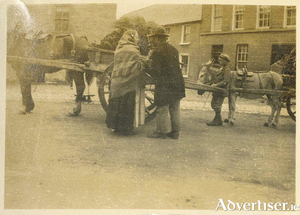
Turf was an important and indigenous fuel and so turf markets were an important factor in Galway life (long before anyone ever thought of carbon emissions), especially at this time of year as one prepared to head into winter. Farmers from Rahoon or Barna or surrounding areas would bring their neatly stacked cartloads of turf into town and sometimes go from door to door trying to sell their product. Those who did not have particular customers more often than not would go to designated turf market locations such as Eyre Square, Woodquay, the Small Crane, or Raven Terrace/Garryglass at the corner of Wolfe Tone Bridge. There was a weighbridge opposite where the fire station is now, and this was often used in their transactions. Having sold or bartered their turf, the farmer would then deliver it to the customer.
Bestselling author to speak about life and farming at Museum of Country Life
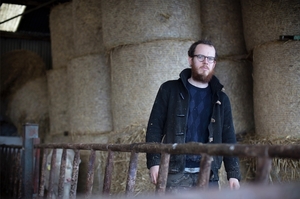
The National Museum of Ireland - Country Life, Turlough Park, Castlebar, is celebrating Culture Night 2019 with a talk by bestselling author John Connell in the museum galleries at 7pm on Friday, September 20.
Johnny Graham to play the Comedy KARLnival

HE IS best known for the viral video, Man Flu: The Truth, which has received close to a million hits on YouTube, and for co-running Ireland’s Smallest Comedy Club. Next week he takes to the stage of the Róisín Dubh.
Appreciating the architects of our optimism
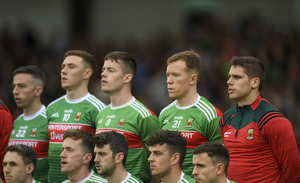
I have always been an optimist. Even in the gravest of circumstances, facing adversity in the extreme, the glass moving into view in my rear view mirror has been half full. A lot of this I attribute to my mother, not because she was a raging optimist or anything, but because she always believed in the capacity of a raffle ticket to keep ya going. Mum, who passed away last October was an avid competition addict. She kept the newsagents in Ballinrobe going with her weekly stash of magazines on myriad subjects, not because of any latest interest in the subject matter, but because the said magazine would have a crossword or a competition that necessitated a bit of research, a stamp, and an envelope; And off it would go in the post.
Mayo woman among Sky’s Women in Technology Scholars
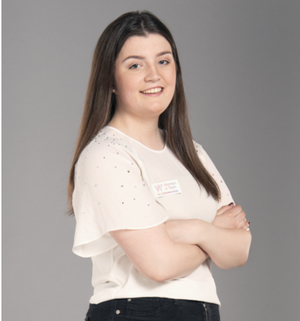
Sky has announced its second cohort of Women in Technology Scholars, awarding five talented women a total of £125,000 (€140,000) to accelerate a business idea which harnesses technology innovation. Amongst the winners is Mayo woman Mary Murphy (20), the youngest Sky Women in Tech Scholar.
Daters Wanted for New RTÉ2 series

Do dating apps have you on a road to nowhere? Could your Mam pick the love of your life? Does your Da know marriage material when he sees it? It’s time to find out if swiping right was all wrong. Could the secret be to just ask your parents?
Future of Mayo farming uncertain - IFAC report

With low farm profitability leaving many farmers questioning long-term farm viability
Forestry Farming in Mayo - tax considerations

Currently around 10.5% of total land area in Ireland is forest but Coillte estimates that Ireland’s forestry industry will double in size over the next 10 years. If you are a farmer and considering moving into forestry, ifac, the farming, food and agribusiness professional services firm, advises that while there are tax advantages there are also pitfalls to bear in mind.
Healy Eames calls on Government to ease financial burden on farmers
Galway-based EU Independent candidate Dr. Fidelma Healy Eames has called for the removal of all Governmentt levies on beef cattle to go some way towards alleviating the financial hardship and stress being experienced by beef farmers countrywide.
A pig fair in Eyre Square
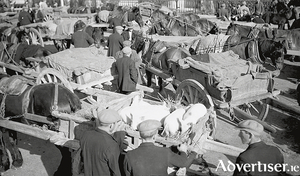
Hely Dutton, in his survey of County Galway in 1824, wrote: “In every considerable town there is a market for fat cattle and sheep once a week. The earliest cattle fairs in Galway were held at Fairhill (hence the name) but in the 19th century, they moved to Eyre Square. It was where the farmer sold his product to other farmers, to butchers and to visiting dealers. It was where town and country met, where the rural people would come to town to sell, then buy whatever necessities they needed before returning home."

